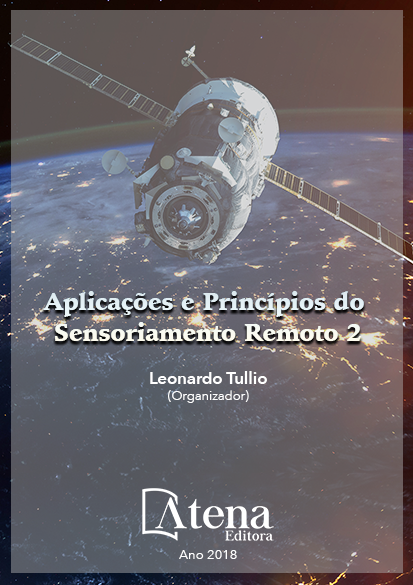
INTEGRAÇÃO DE GEOTECNOLOGIAS PARA APOIAR RESPOSTAS A EVENTOS HIDROLÓGICOS CRÍTICOS: A EXPERIÊNCIA DA UNIDADE ESTADUAL DE MONITORAMENTO HIDROMETEOROLÓGICO DURANTE AS INUNDAÇÕES DE 2015 NA BACIA DO RIO ACRE – ACRE/ BRASIL
A Amazônia, em geral, e o Acre, em
particular, têm sofrido anualmente com eventos
climáticos extremos relacionados a variações
nos níveis de chuvas e rios, e consequentemente
com enchentes na estação úmida e problemas
de abastecimento de água na estação seca. No
Acre, a variabilidade interanual do clima e os
eventos extremos de chuvas e secas afetam os
fluxos dos rios, colocando em risco as populações
locais. No ano de 2015, os dados coletados das
plataformas telemétricas indicaram valores de
335 e 471 mm de precipitação para Assis Brasil
e de 408 e 368 mm para Brasileia, em janeiro
e fevereiro, respectivamente, considerados
recordes para a região, quando comparados
à média de precipitação do período de 1980
a 2014. O resultado dessas fortes chuvas
foi o aumento do nível do rio na capital para
18,37 metros, quatro metros acima do nível
de inundação, a maior já registrada, afetando
53 distritos, 32 áreas rurais e mais de 100.000
pessoas, com um custo estimado em 200 a 600
milhões de reais. A integração de geotecnologias
foi fundamental para o monitoramento do fluxo
de água durante essa enchente que afetou todos
os municípios ao longo da bacia do Rio Acre.
A correlação da precipitação acumulada em
bacias hidrográficas com a variação dos níveis
dos rios, apoiou as instituições na antecipação
dos desastres. O modelo do Hydroestimador
elaborado pelo CPTEC foi adotado para indicar
possíveis áreas de risco de inundação nos locais
sem plataformas, e foi incorporado ao TerraMA2
para gerar alertas de inundação.
INTEGRAÇÃO DE GEOTECNOLOGIAS PARA APOIAR RESPOSTAS A EVENTOS HIDROLÓGICOS CRÍTICOS: A EXPERIÊNCIA DA UNIDADE ESTADUAL DE MONITORAMENTO HIDROMETEOROLÓGICO DURANTE AS INUNDAÇÕES DE 2015 NA BACIA DO RIO ACRE – ACRE/ BRASIL
-
DOI: Atena
-
Palavras-chave: Estado do Acre, hidroestimador, inundações, plataforma TerraMA2
-
Keywords: Acre State, hydroestimator, floods, TerraMA2 platform
-
Abstract:
The Amazon, in general, and Acre, in particular, have suffered annually
with extreme weather events related to variations in rainfall andriver levels, and
consequently with wet season floods and dry season water supply problems. In Acre,
the interannual climate variability and extreme rainfall and drought events have affected
river flows, jeopardizing local populations. In the year 2015, data collected from the
PCDs indicated values of 335 and 471 mm of precipitation for Assis Brasil and of 408
and 368 mm for Brasileia, in January and February, respectively, considered records
for the region, when compared to the mean of precipitation in these localities for the
period from 1980 to 2014. The result of these heavy rains was the rise in the level of
the river in the capital to 18.37 meters, four meters above flood level, the highest flood
on record, affecting 53 districts, 32 rural areas and more than 100,000 people, with
a cost estimated at 200 to 600 million reals. The integration of geotechnologies was
fundamental to the monitoring of the flow of water during this flood that affected all
municipalities along the Acre River Basin. The correlation of accumulated precipitation in
river basins with the variation of river levels, supported several institutions, anticipating
disasters. The Hydroestimator was adopted to indicate possible flood risk areas in
locations without data collection platforms, and was incorporated into the TerraMA2
platform to generateearly flood warnings.
-
Número de páginas: 15
- Alan dos Santos Pimentel


